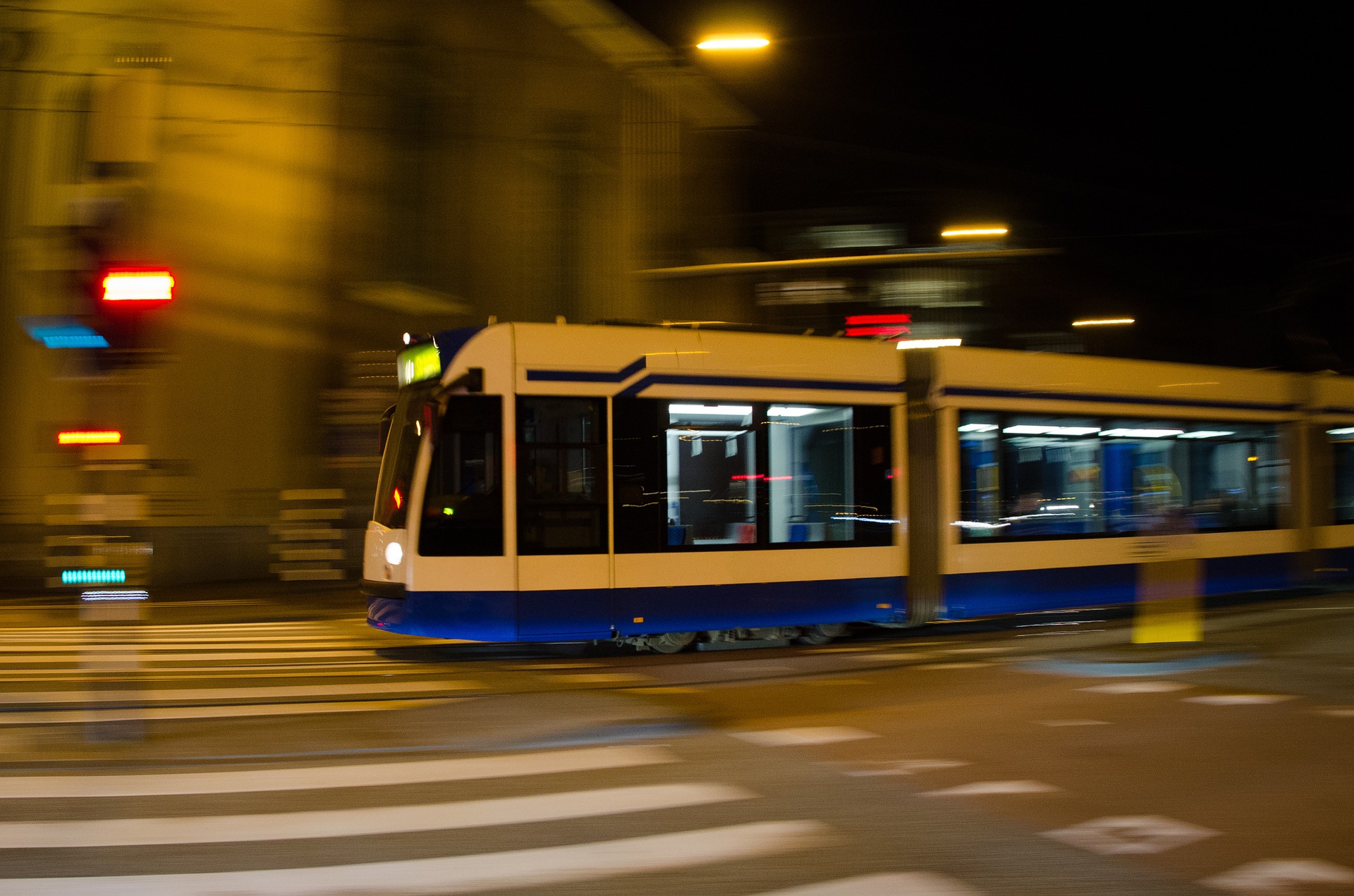By Colin Parent.
There are a lot of good things in SANDAG’s draft regional plan, the document that maps out our transportation system for the next 35 years. Unfortunately, they are scheduled to occur too late to create a world-class transportation system for the 21st century.
The good: The regional plan calls for increasing transit frequency so that trolley cars will arrive every seven minutes, up from the current 15 minute intervals. The plan contemplates a new trolley line linking Otay Mesa, up through the 805 and 15 corridors, to the jobs center in Sorrento Valley. These improvements will keep our streets from being congested while providing green, affordable and convenient transportation choices.
The bad: We shouldn’t have to wait so long to see this happen.
The major trolley improvements won’t occur until the second to last phase of SANDAG’s draft plan, ending in 2035. Plans outlining growth trends in our region show that transit is needed sooner to provide transportation to new and aging residents.
A recent report published by Circulate San Diego and TransForm detailed that SANDAG has substantial flexibility to accelerate transit and active transportation (walking and bicycling) projects into earlier periods of their plan, without changing the list of projects approved by voters in 2004 through the TransNet ballot measure. Unfortunately, a majority of the SANDAG board appears unwilling to accelerate construction of transit lines.
However, there is still time and opportunity to change course. SANDAG is currently considering a region-wide quality-of-life revenue measure in 2016 to fund transportation projects. If successful, it could be a game-changer, and generate more resources for the region.
With additional resources, SANDAG will have substantially more funding flexibility to advance transit and active transportation projects into earlier periods of the plan. If the regional plan represents what SANDAG is willing to support today, the quality-of-life measure should represent our aspirations for tomorrow.
The regional plan already assumes a quality-of-life measure that generates a quarter-cent sales tax over a 30-year period. Yet, SANDAG’s public board discussions have contemplated a half-cent sales tax over a 40-year period – more than twice the quality-of-life revenue contemplated by the regional plan. New resources can be leveraged to advance transit into earlier periods than the plan’s current timetables.
Transit and active transportation projects are crucial to economic development – they reduce greenhouse gas emissions and provide safe, affordable connections between where people live and where they work and play. They are also crucial to the region’s economic competitiveness to receive future transportation funding.
State and federal funding for transportation is increasingly tied to projects that focus on public transit and giving people opportunities to get around without relying on cars. A quality-of-life measure, properly designed, can help ensure San Diego’s continued competitiveness for those funds.
The regional plan will be a living document, subject to amendment and update. It is a continuation, not the final word in San Diego’s transportation plans. A quality-of-life measure can instill SANDAG’s regional plans with new energy – and new funding – to improve our region’s transportation network into the future.
SANDAG should only move forward with a quality-of-life measure if it prioritizes and funds more public transportation projects. Voters deserve the opportunity to choose a future that reduces greenhouse gasses, grows our economy and improves transportation choices for all San Diegans.
[divider] [/divider]
Originally posted at Voice of San Diego.
Colin Parent is policy counsel for Circulate San Diego.





